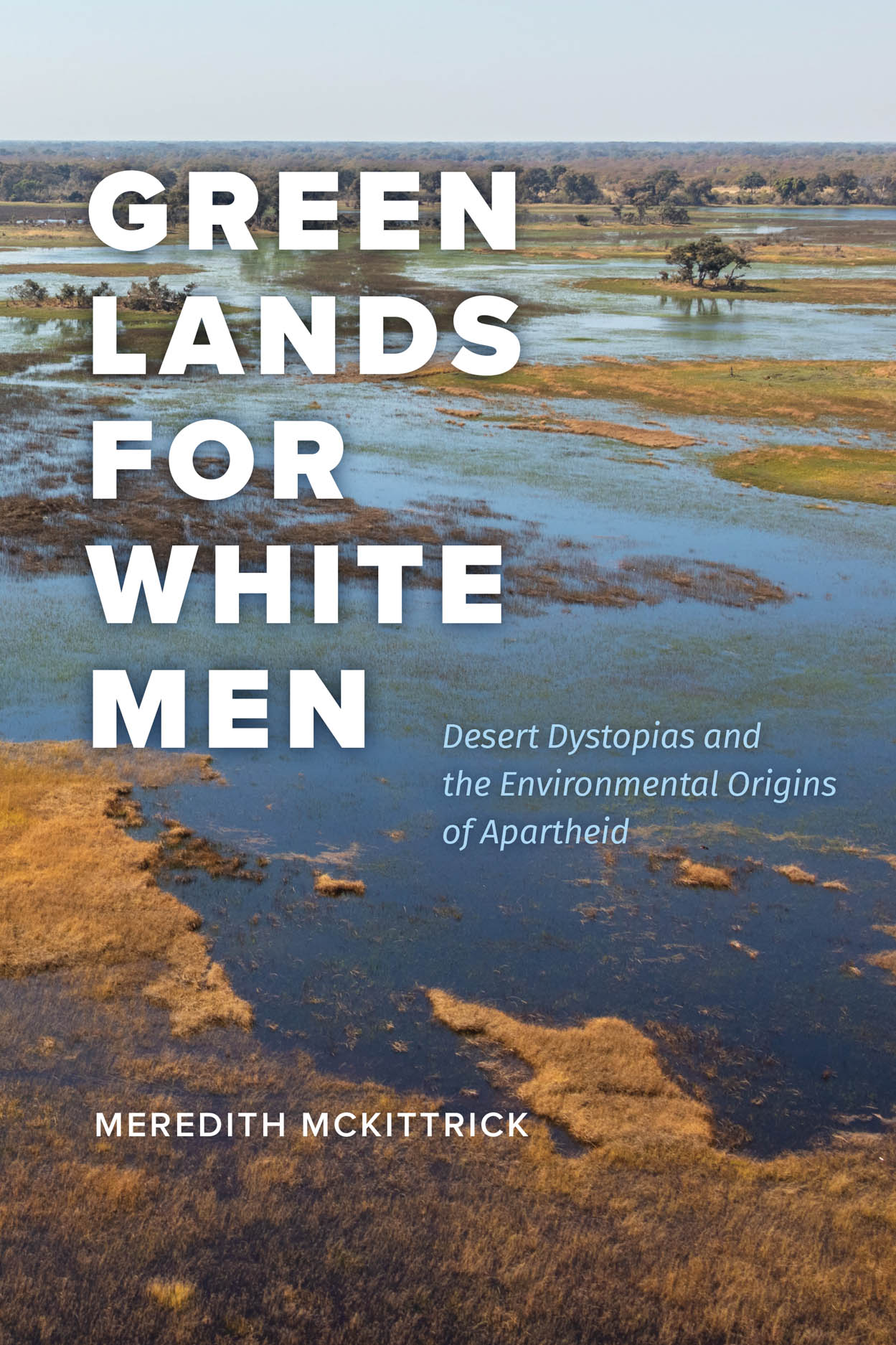Rickets, a childhood disorder that causes soft and misshapen bones, transformed from an ancient but infrequent threat to a common scourge during the Industrial Revolution,
In 1918, South Africa’s climate seemed to be drying up. White farmers claimed that rainfall was dwindling, but government experts insisted that the rains weren’t
In his new book, Botanical Icons: Critical Practices of Illustration in the Premodern Mediterranean, Andrew Griebeler traces the history of botanical illustration in the Mediterranean
In honor of University Press Week, November 13 through 17, 2023, university presses around the globe are celebrating and sharing the incredible impact that the
In 1973, economist E. F. Schumacher published Small Is Beautiful, which introduced a mainstream audience to his theory of “appropriate technology”: the belief that international development
In 1900, almost no one had heard of Gregor Mendel. Ten years later, he was famous as the father of a new science of heredity—genetics.
Panel painters in both the middle ages and the fifteenth century created works that evoke the luster of precious stones, the sheen of polished gold
Nurses represent the largest segment of the US health care workforce and spend significantly more time with patients than any other member of the health
At the intersection of China, Russia, Korea, and Mongolia, Manchuria is known as a site of war and environmental extremes, where projects of political control
The University of Chicago Press is pleased to announce that Ghosts in the Schoolyard: Racism and School Closings on Chicago’s South Side by Eve Ewing








